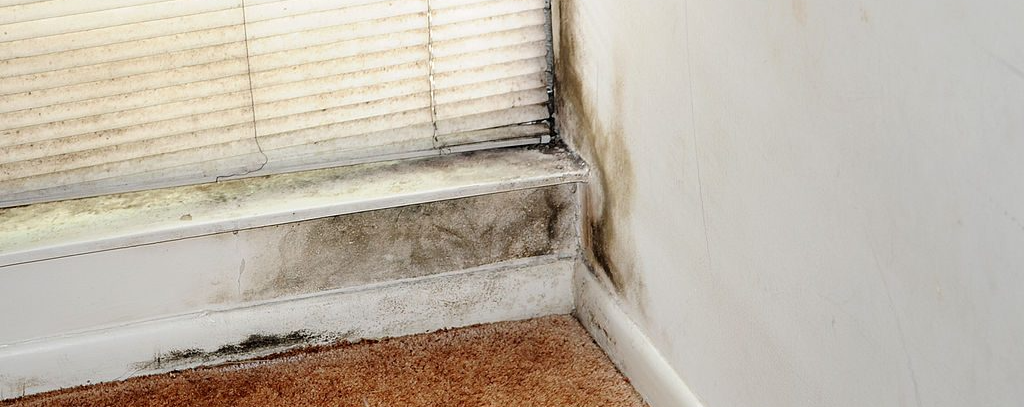Why Do I Need a Mold Professional in Murrells Inlet, SC?

Mold is unsightly and dangerous. It can negatively affect your health and the structural integrity of your home. Mold inspection in Murrells Inlet, SC is the only way to ensure your home is free of hazardous mold. If you suspect mold growth in the home, it’s essential to address it before it becomes a bigger issue. Mold testing is the best way to tell if you have a mold problem, and this should always be completed by a trained professional.
There are many reasons one may suspect a mold problem in their home:
· When dealing with plumbing leaks or other water issues.
· If you have already had mold removed and want to ensure it’s been entirely removed and there has been no regrowth. This is done using post mold removal clearance testing.
· If you smell mold throughout the home.
· When you are interested in the indoor air quality of your home.
· During disputes about a mold problem between landlord and tenants.
You could purchase a home mold test kit at your local home improvement store. However, this is not recommended. It’s always best to leave mold testing to the professionals. DIY mold kits are often misleading due to sampling errors. They also do not tell the whole picture. A professional can tell you how severe the issue is and the type of mold growing.
If you have visible mold growth, you can forego testing and go straight to removing it. Removing mold is not only challenging but also dangerous. Hire a professional for mold remediation to ensure all instances of mold are removed.



